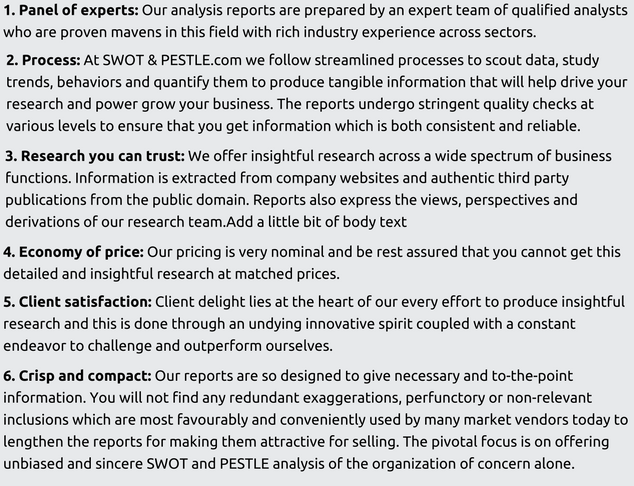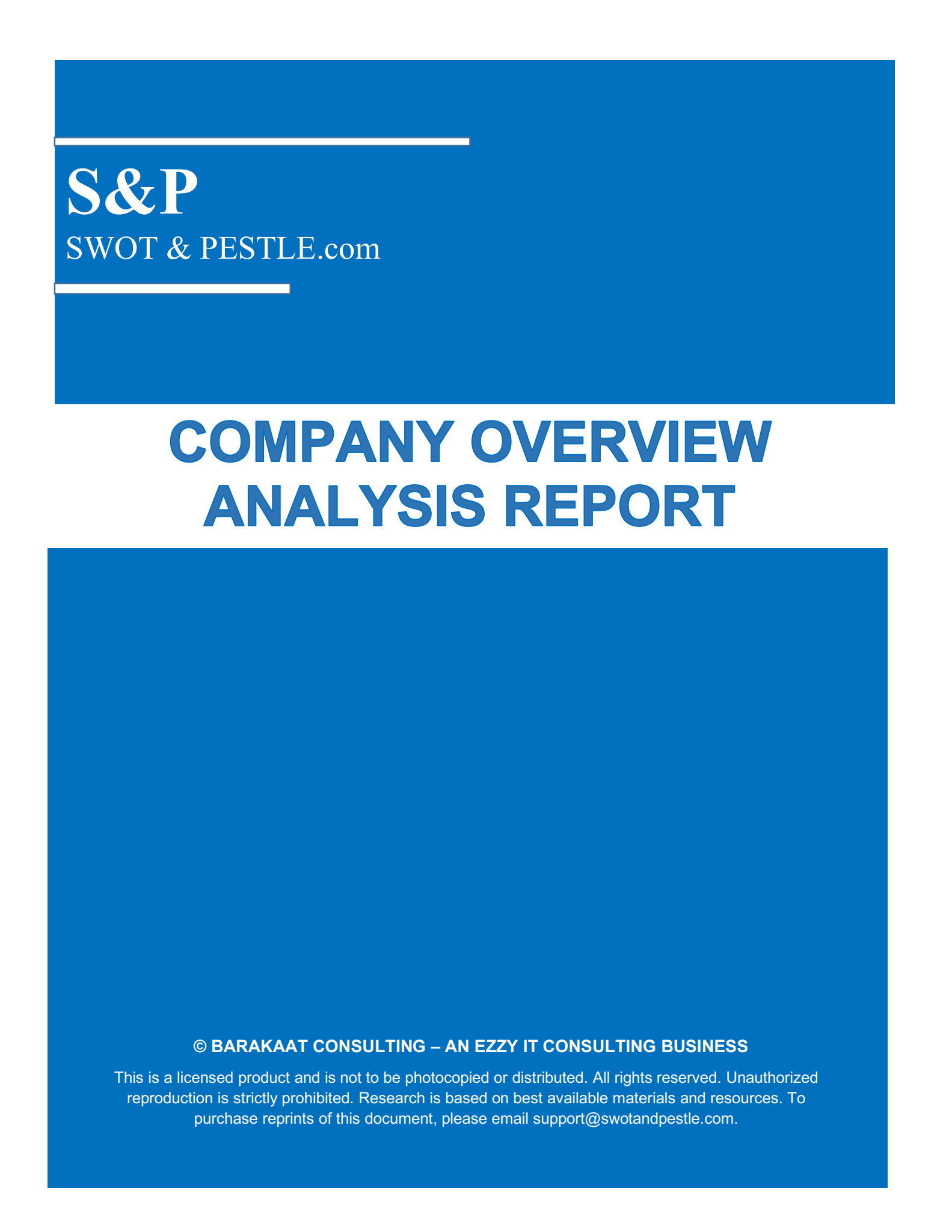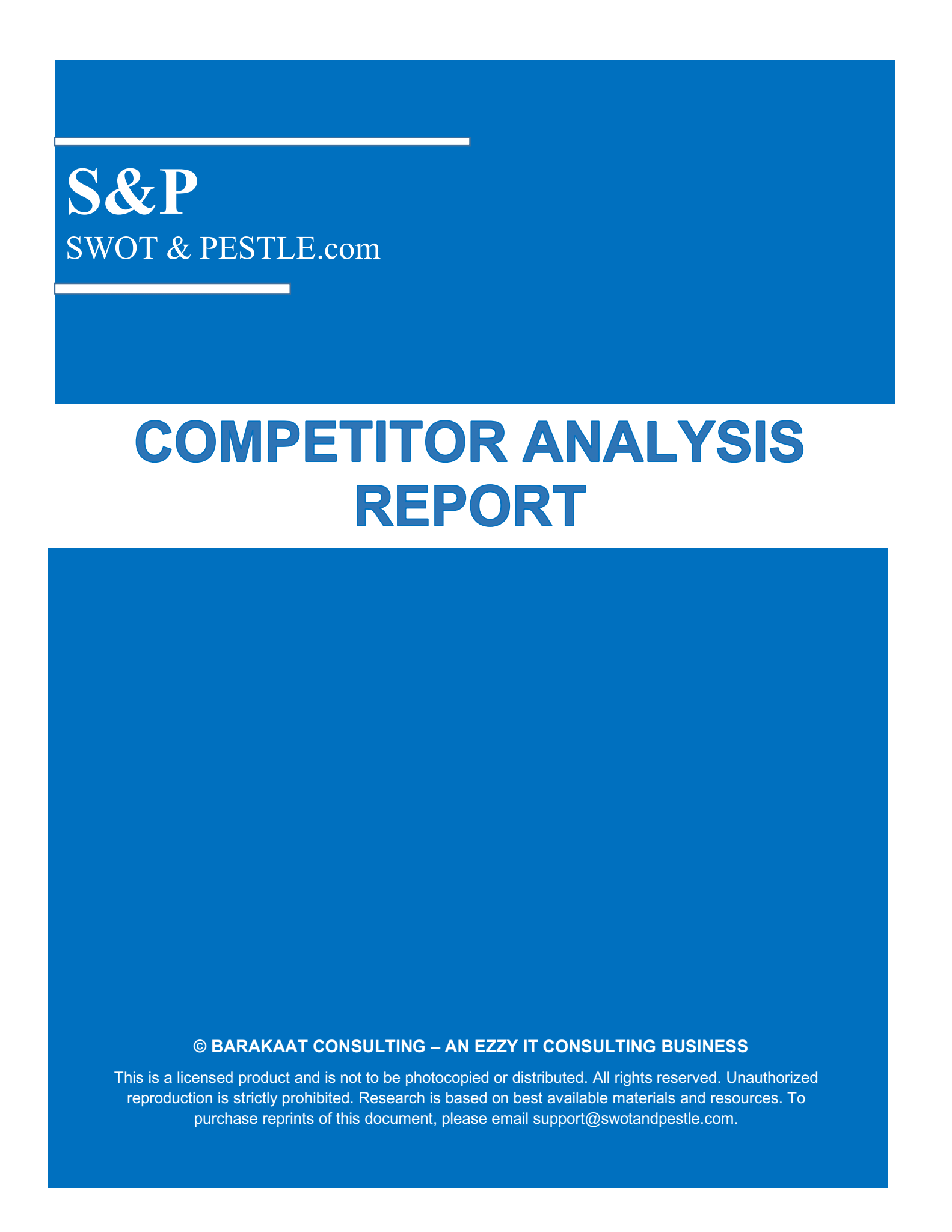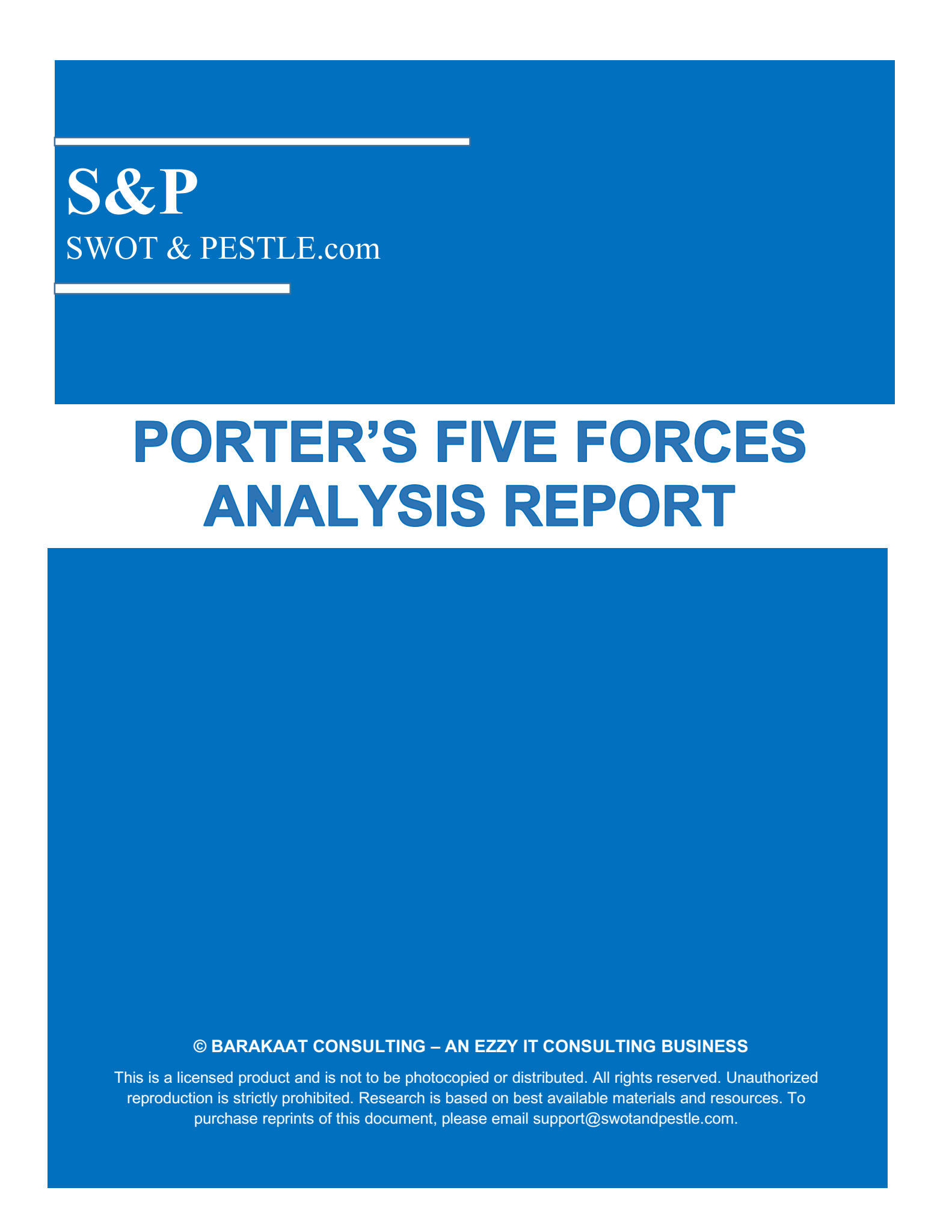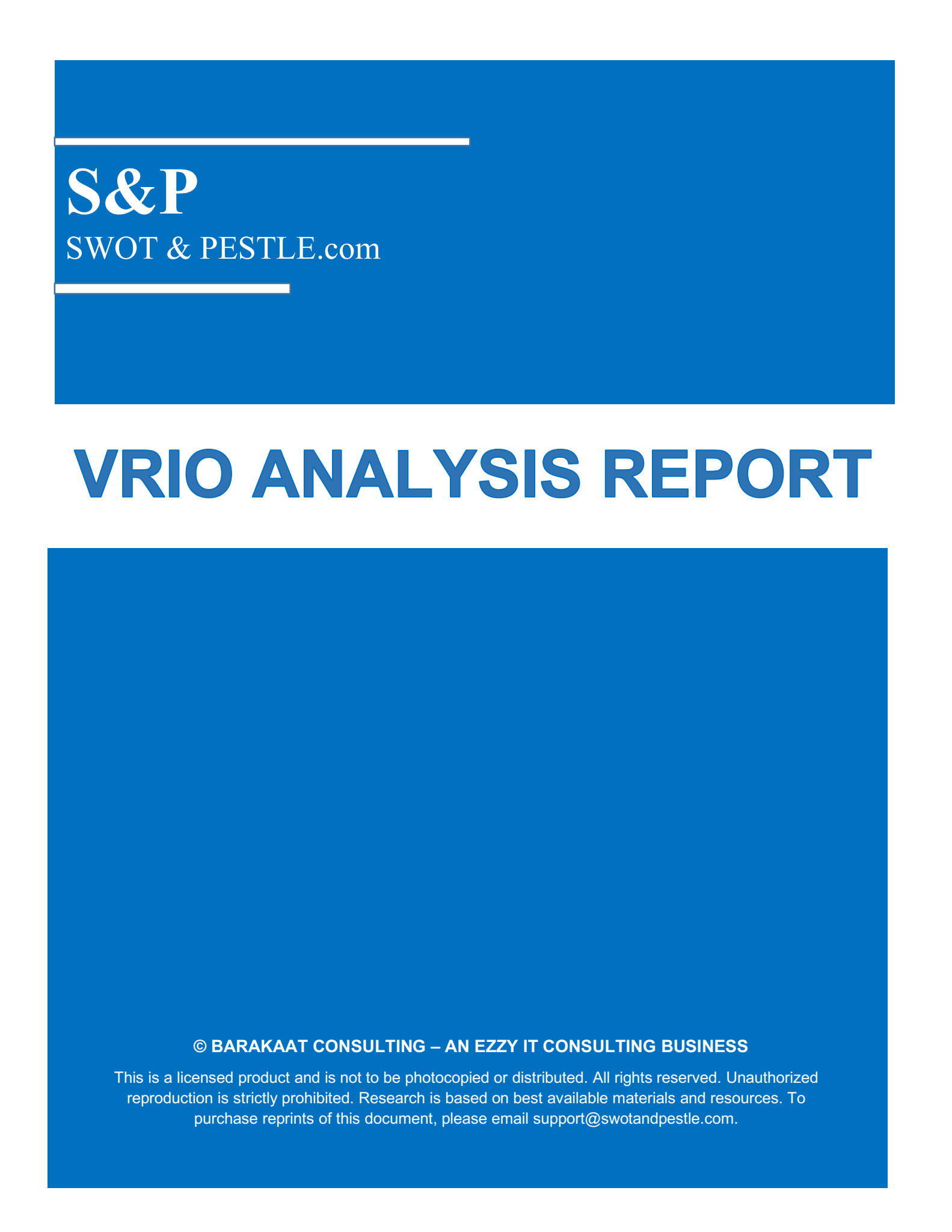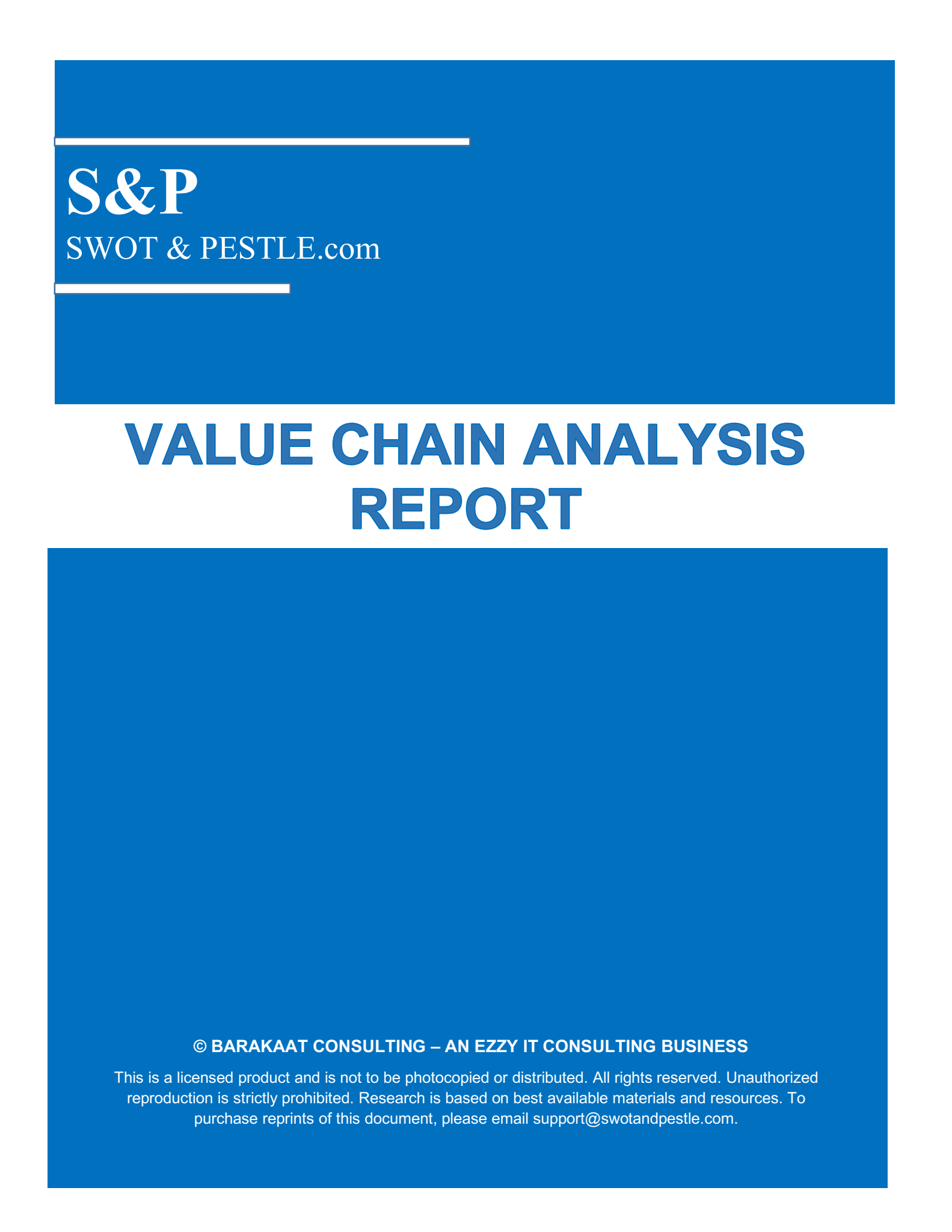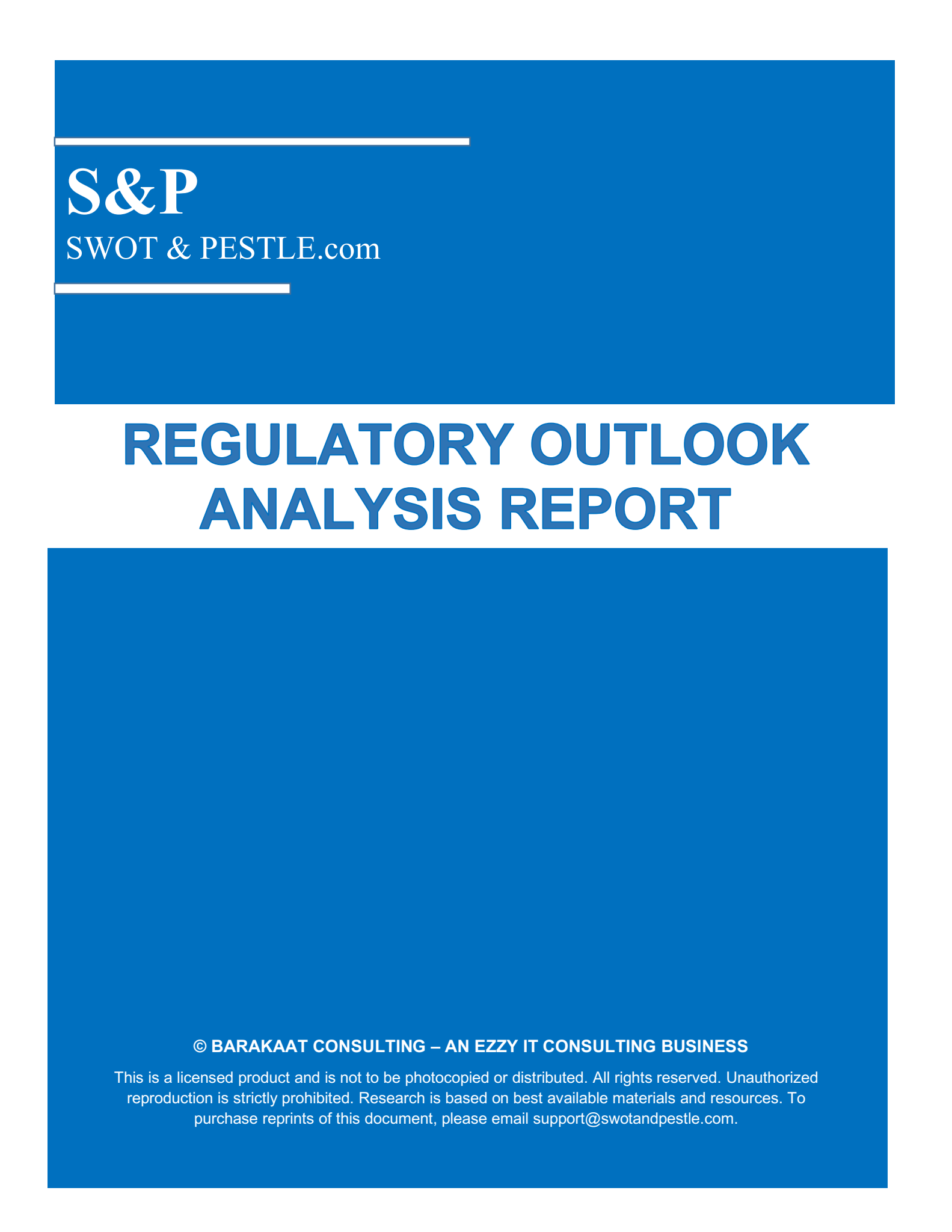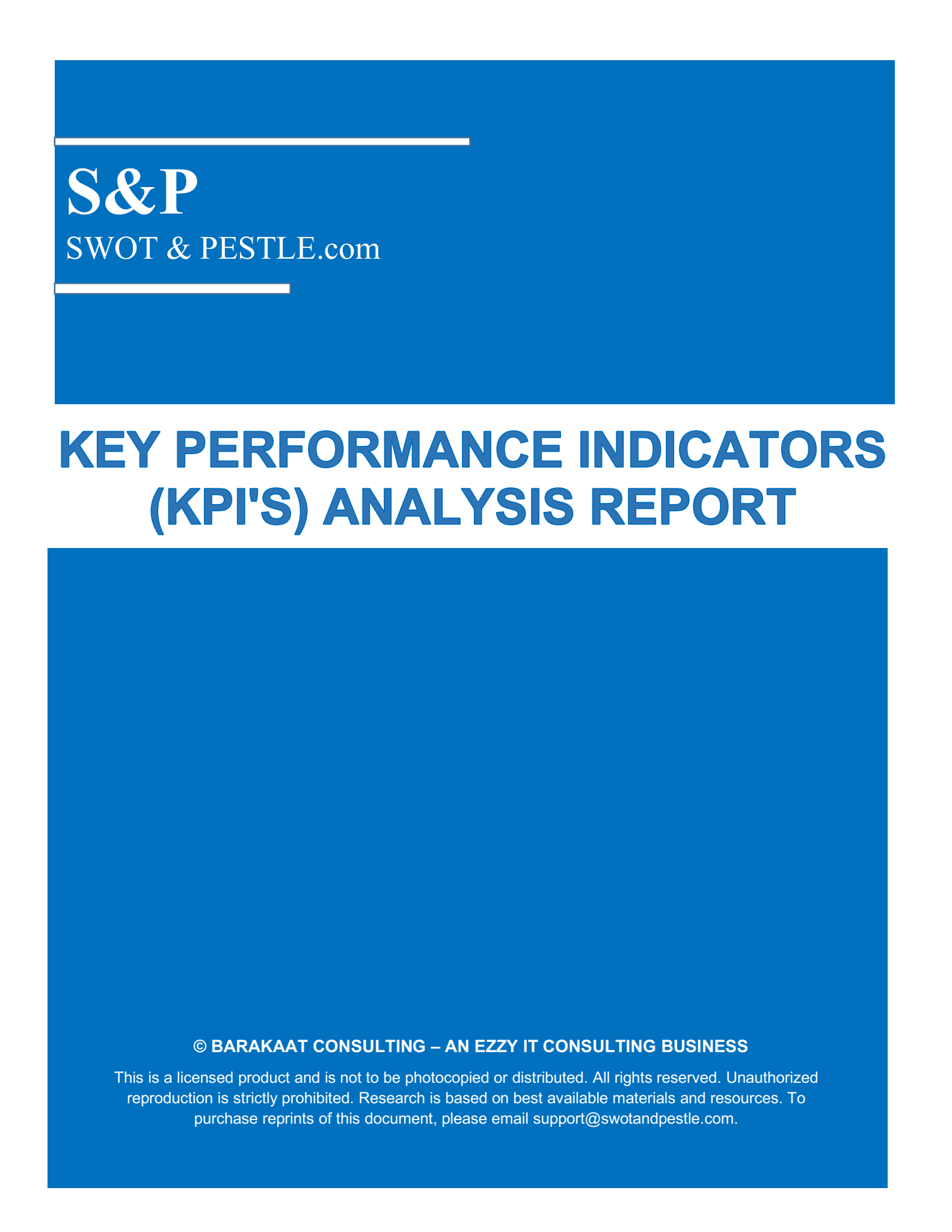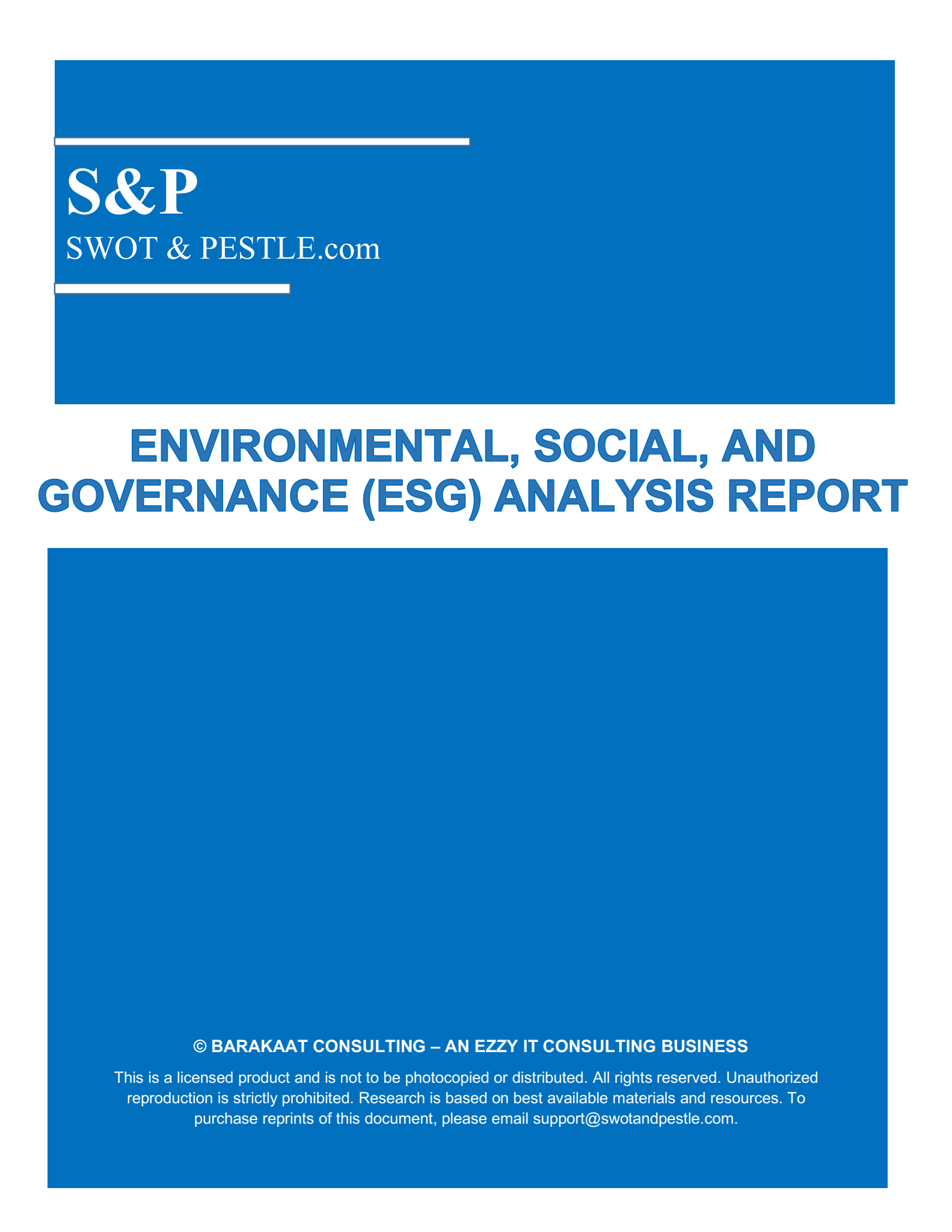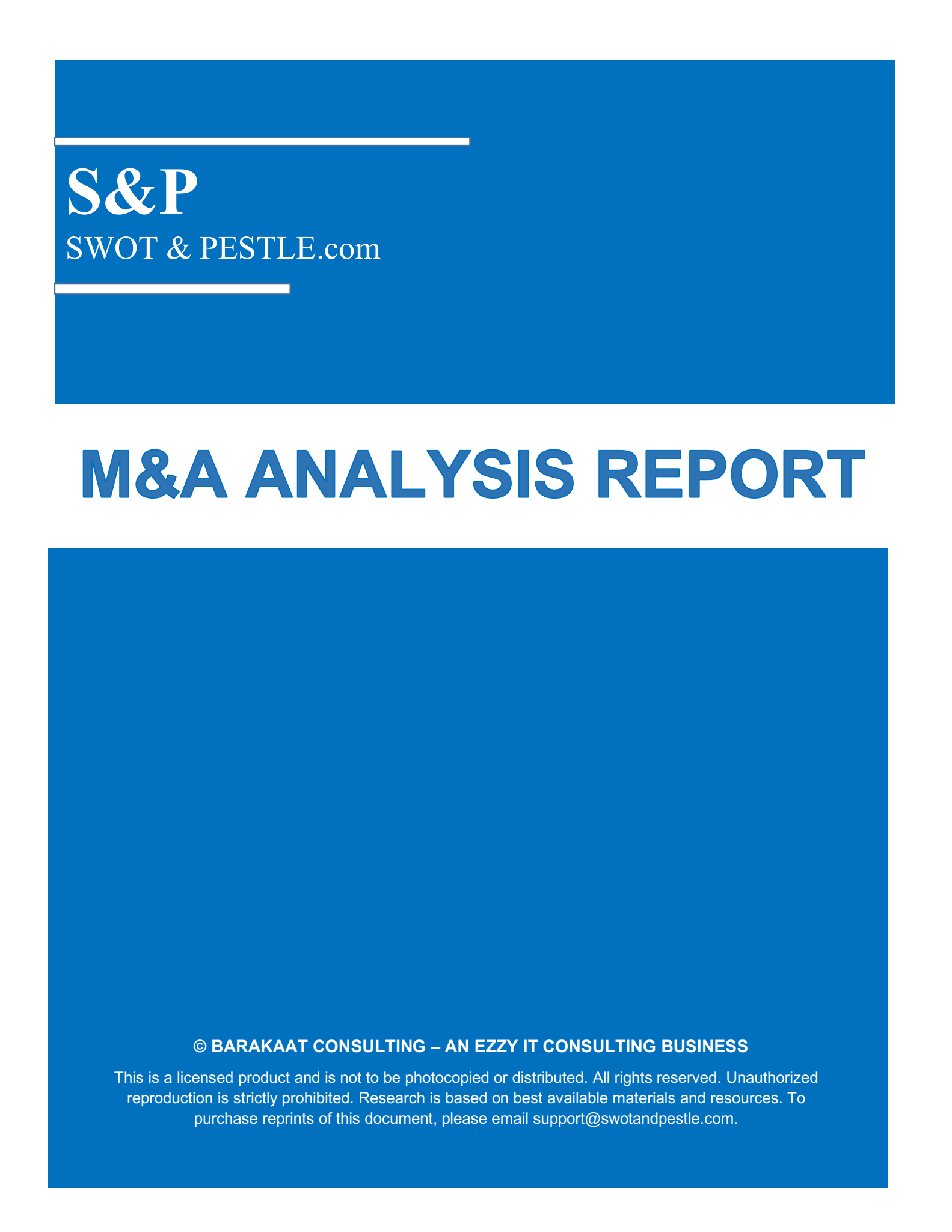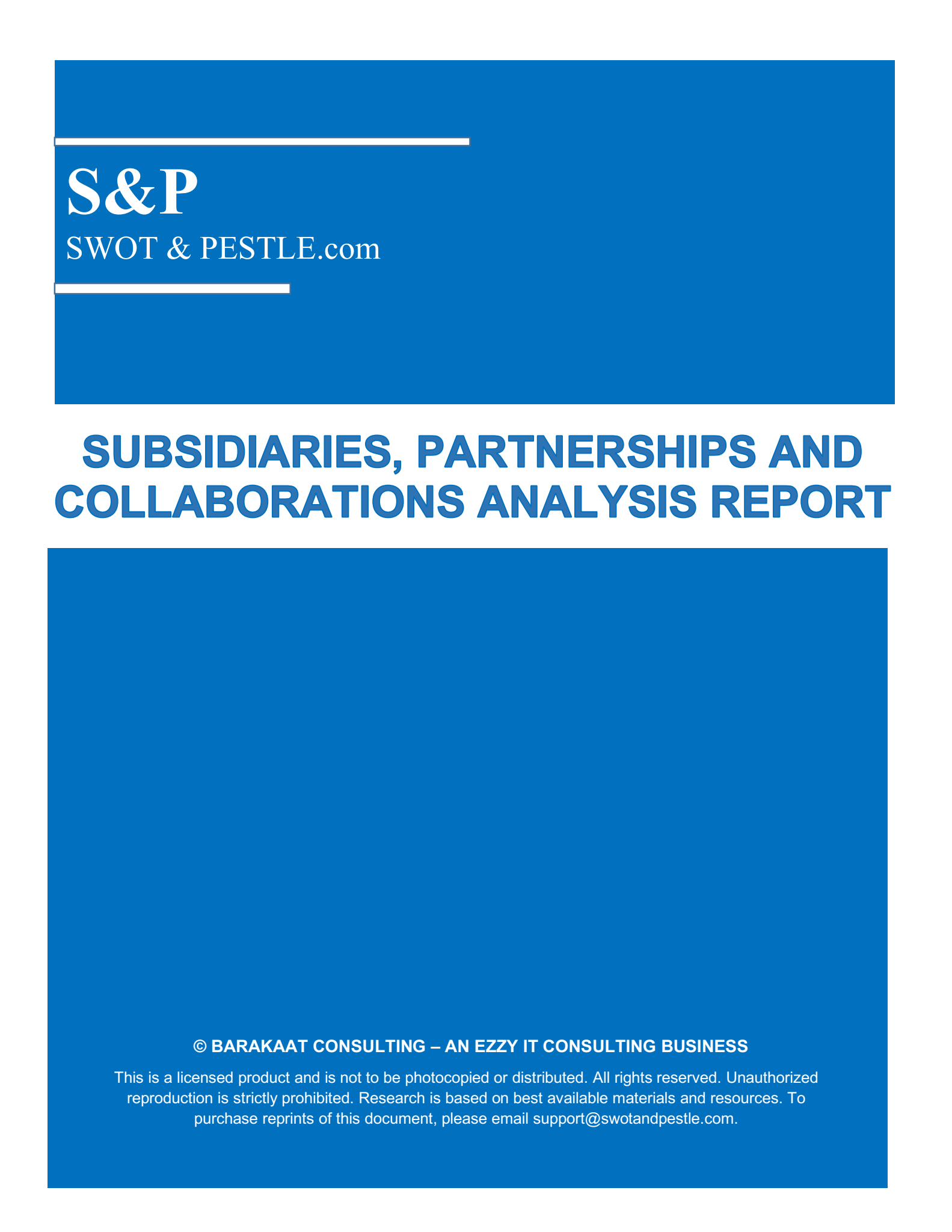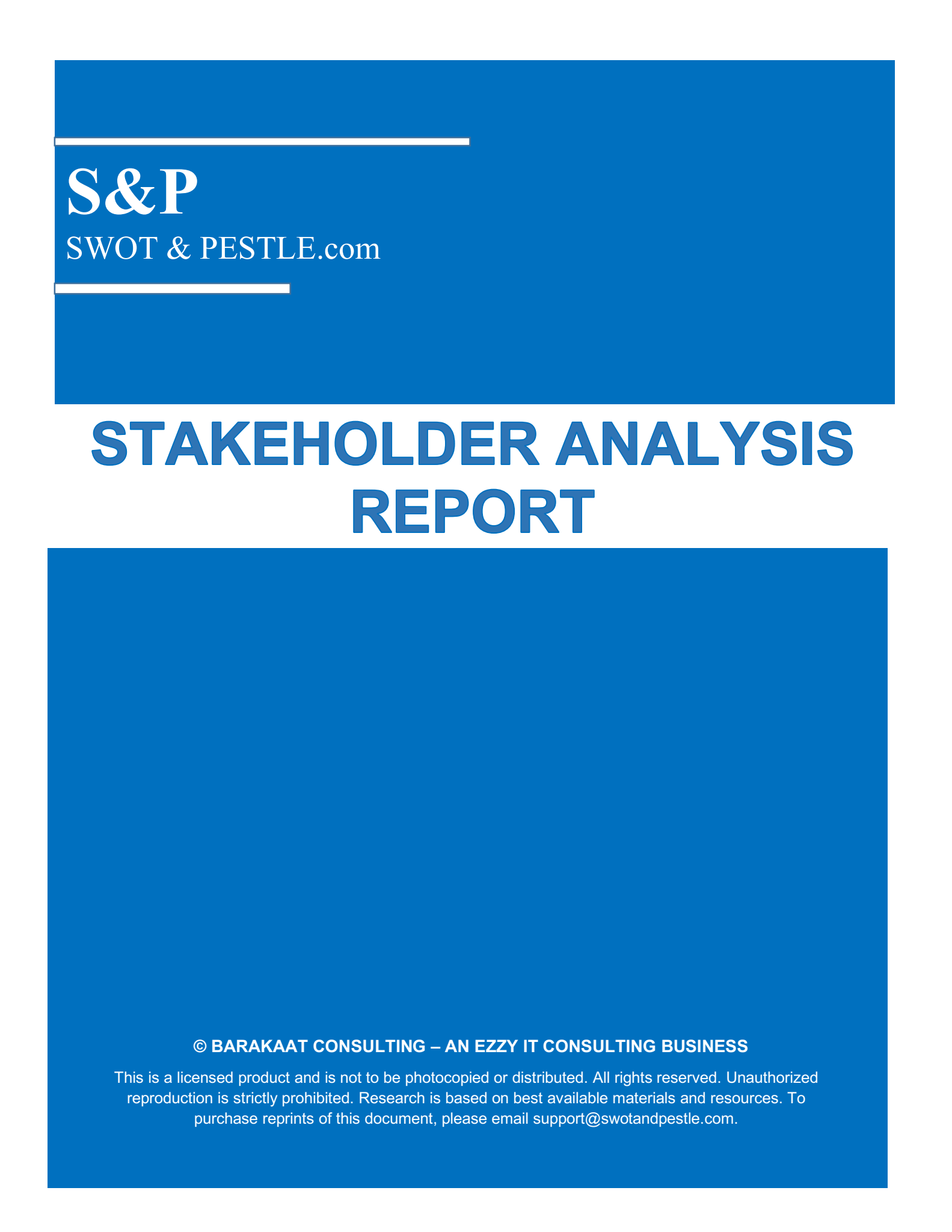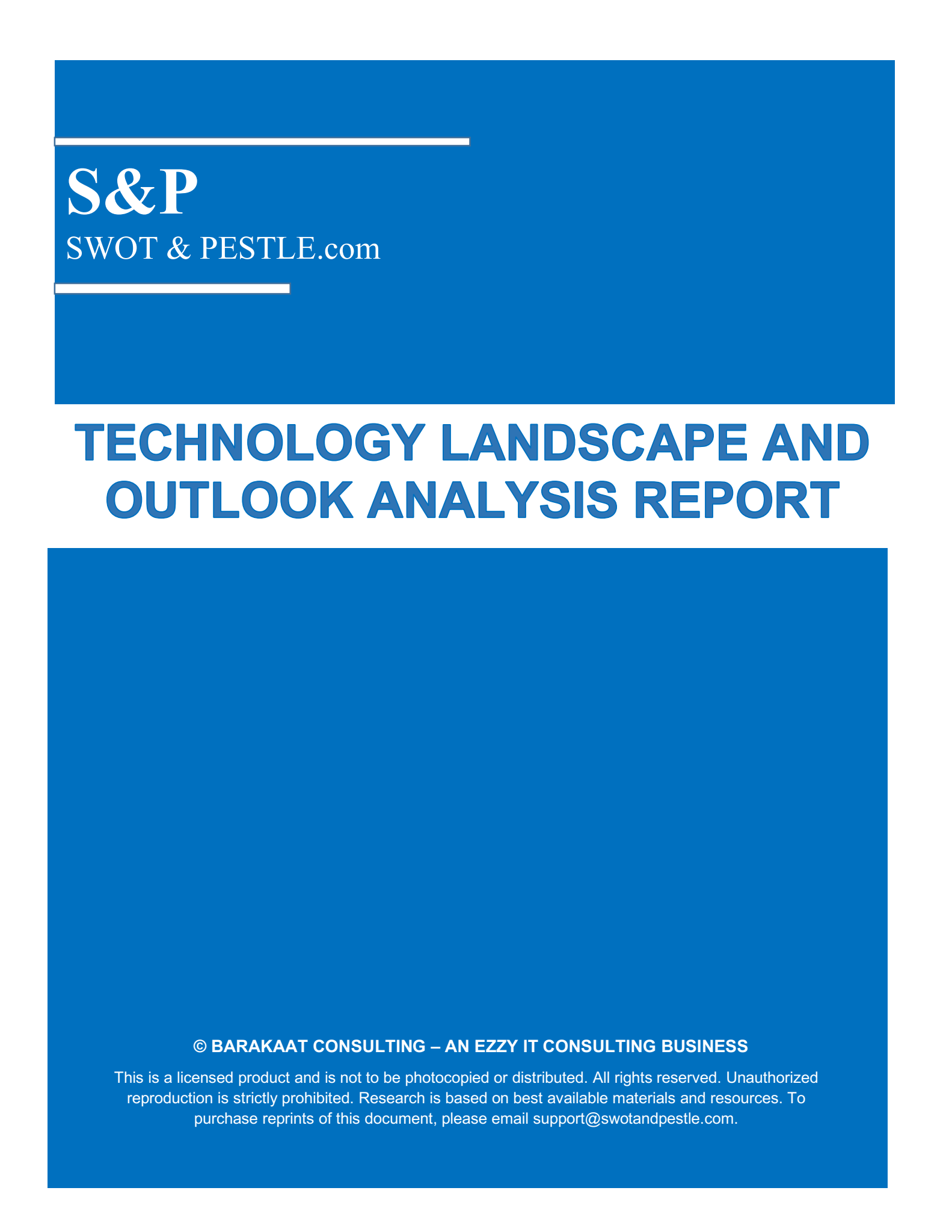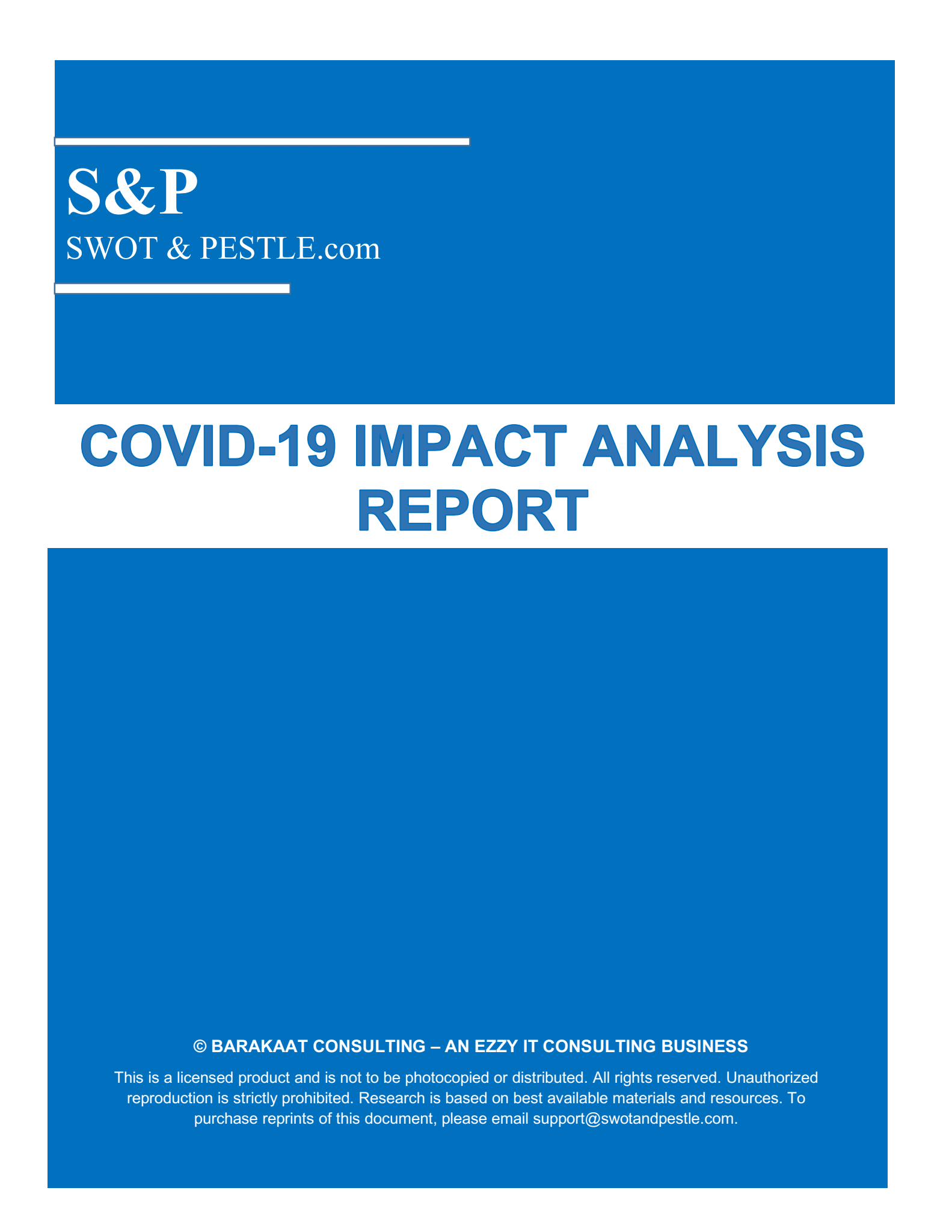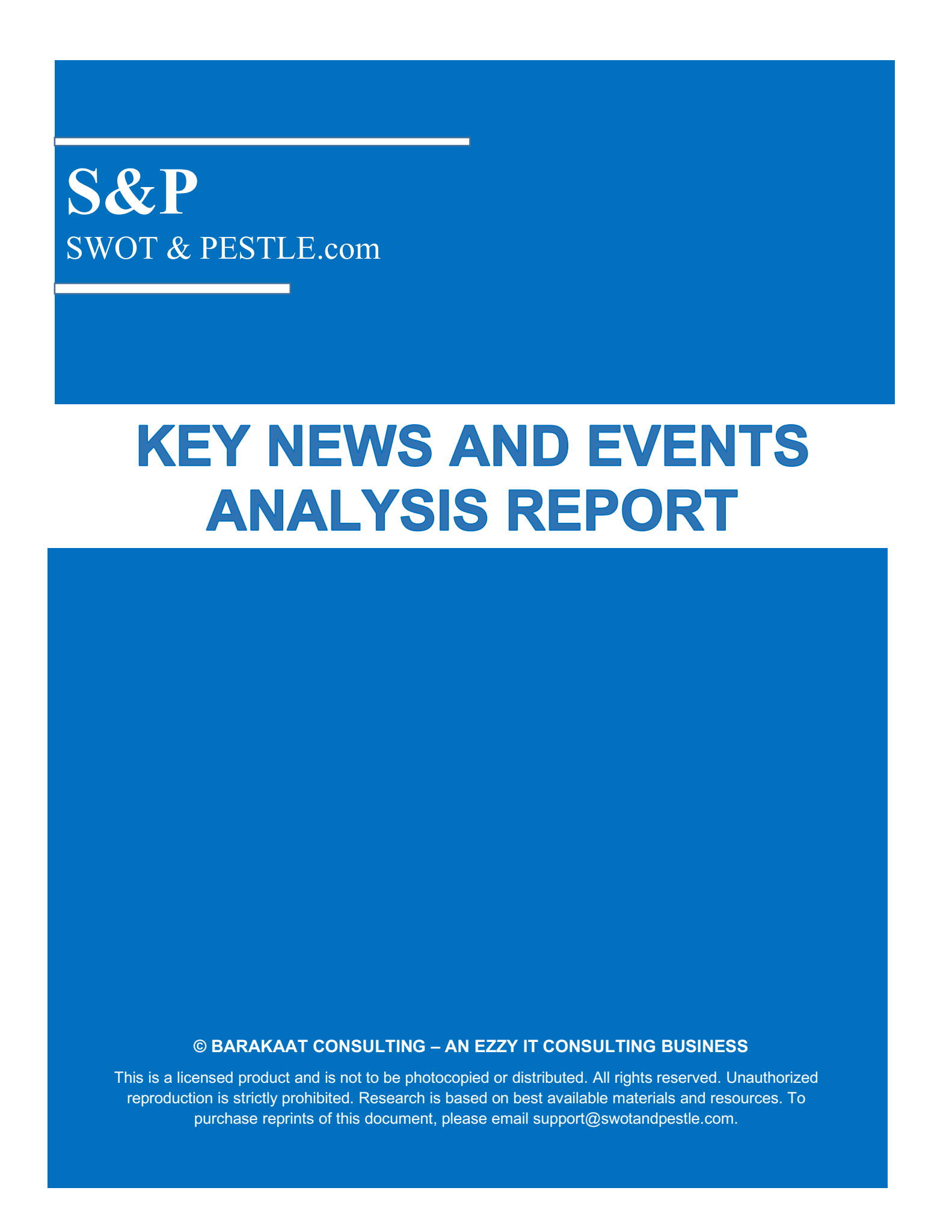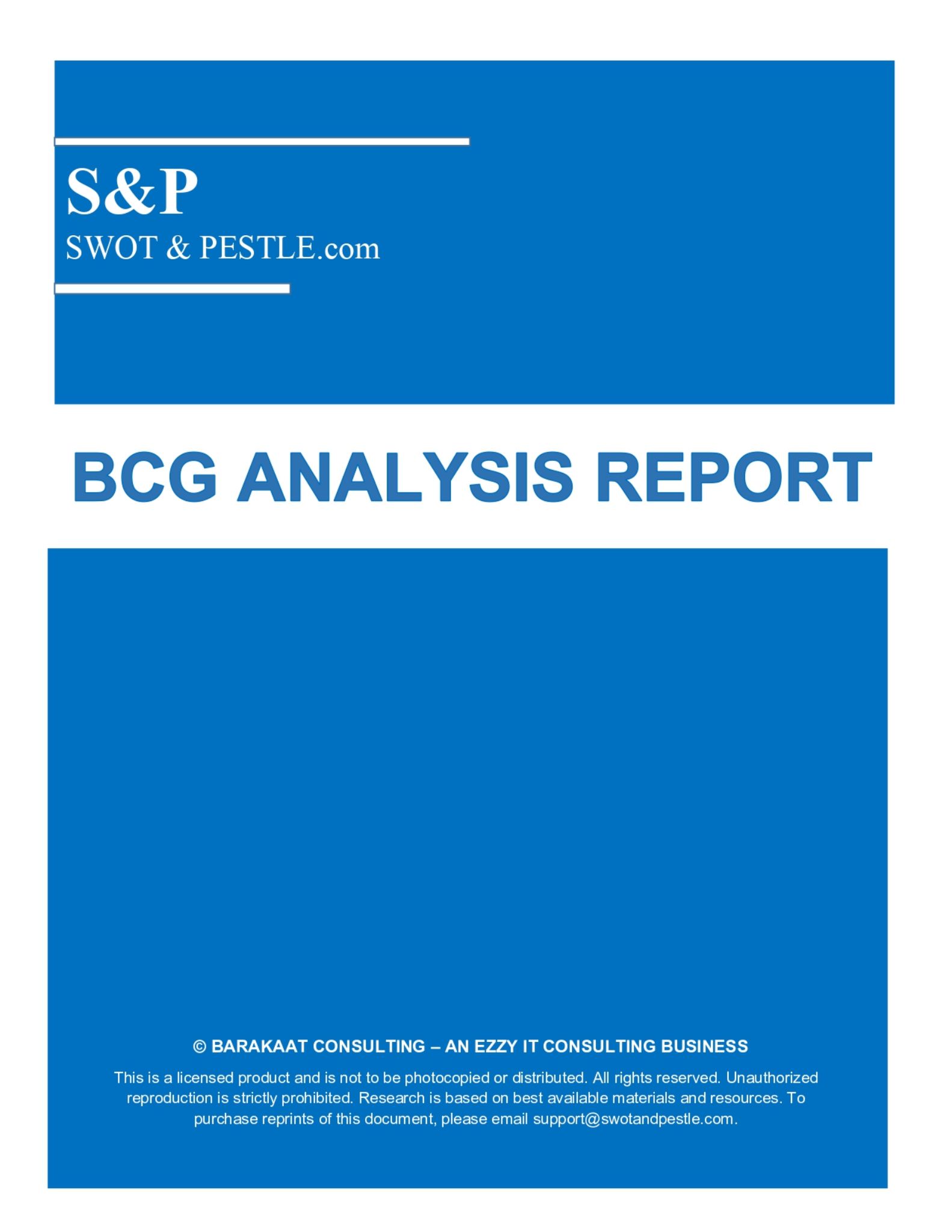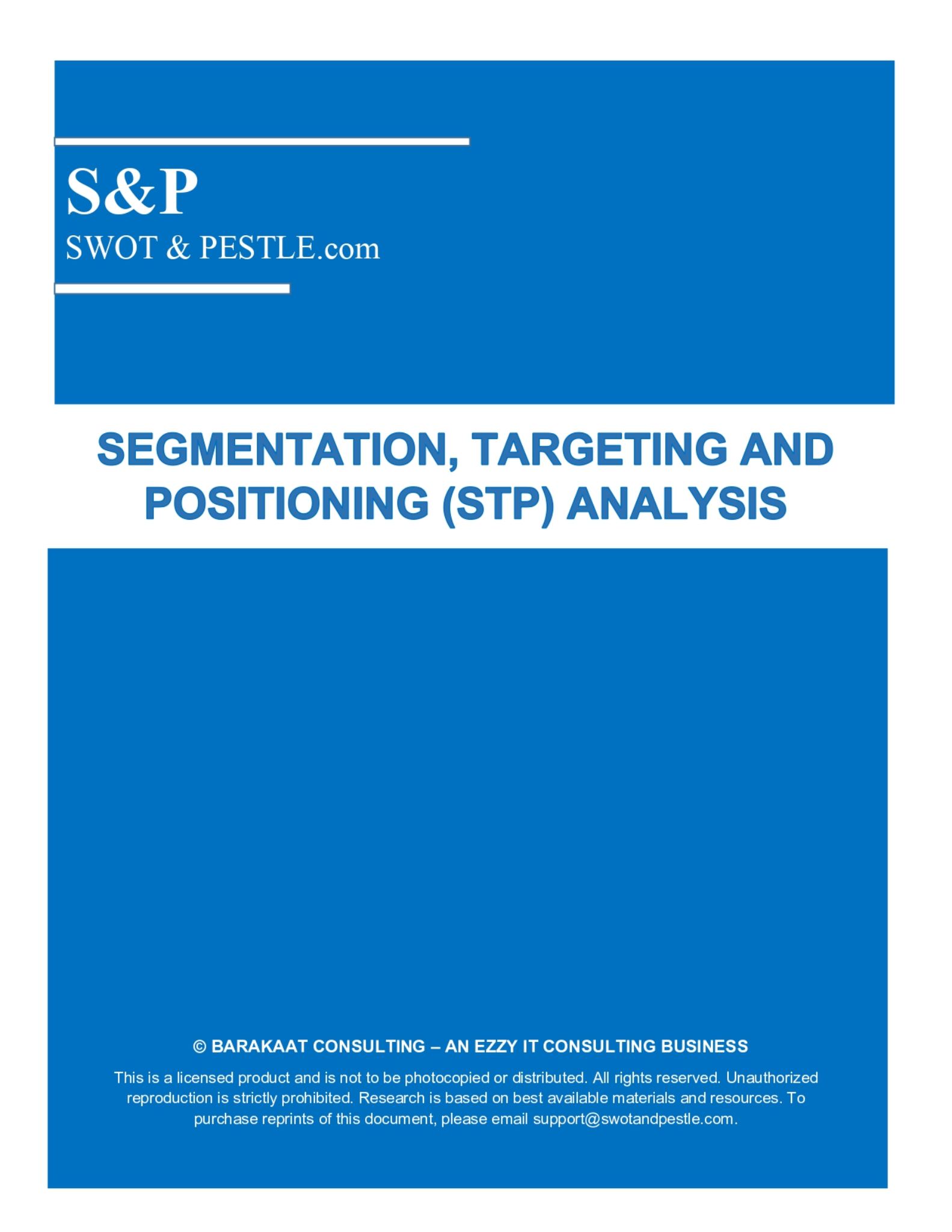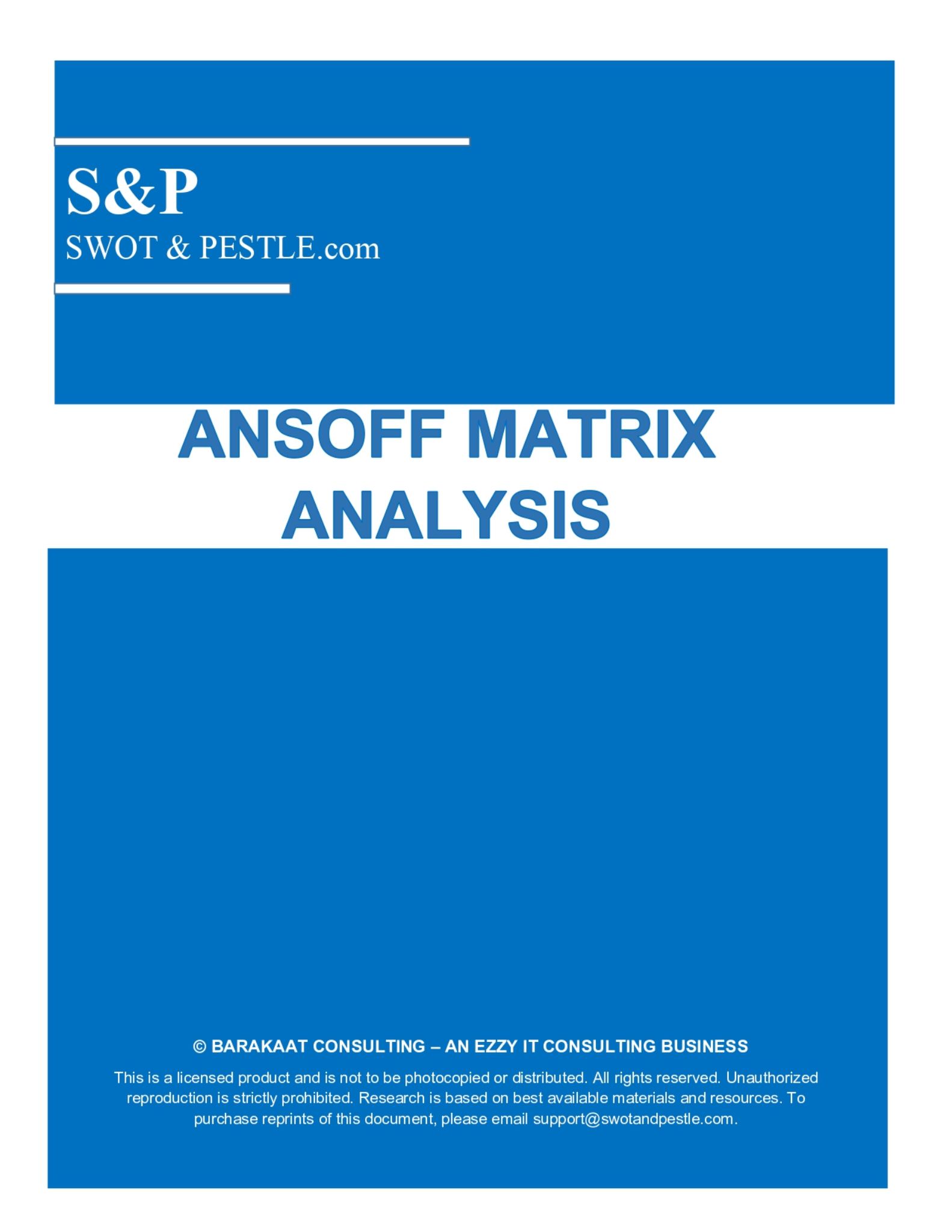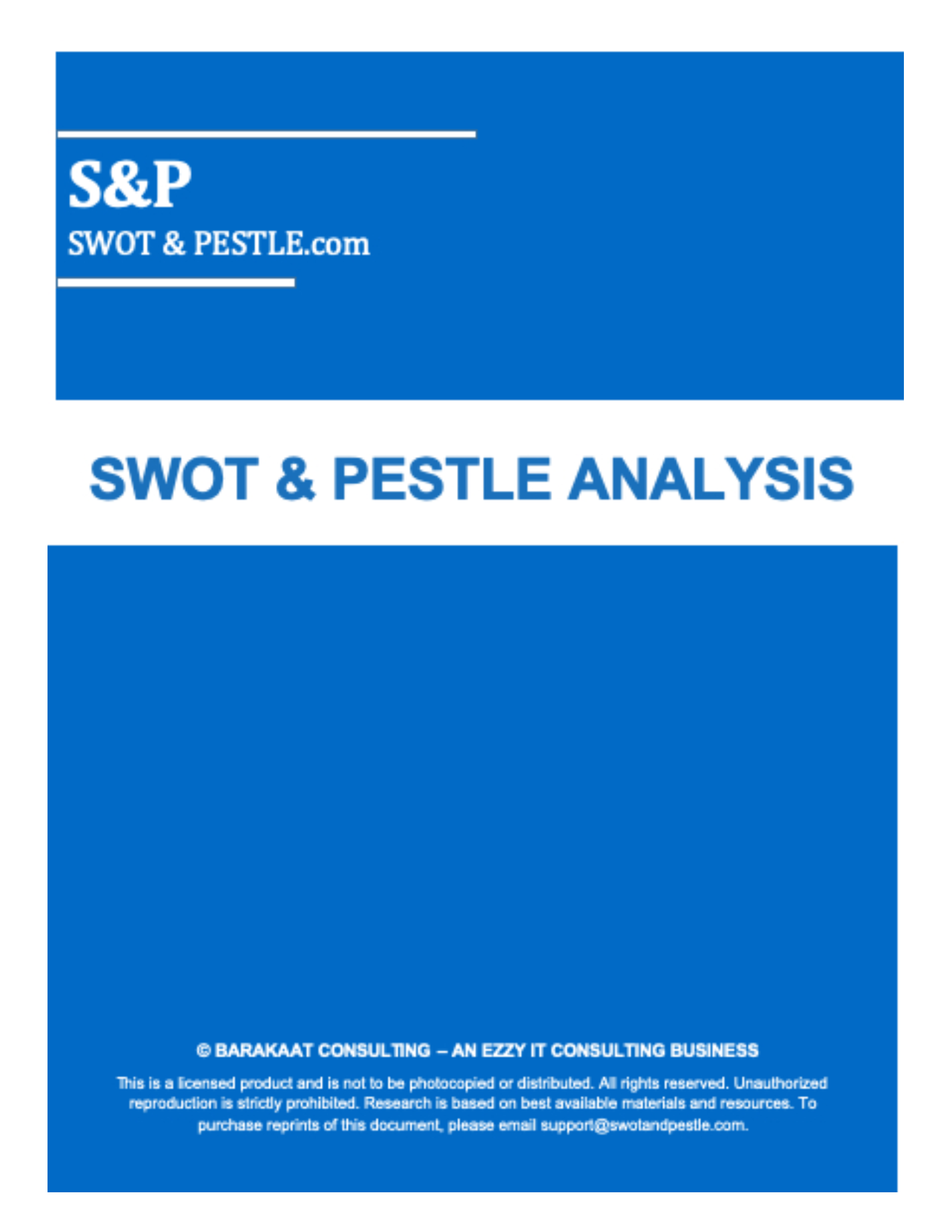COMPANY PROFILE -Air Asia
Business Sector :Aviation
Operating Geography :Malaysia, South Asia and South-east Asia
About Air Asia :
Air Asia is the leading low cost carrier of Asia. The airline operates on 388 routes, 152 destinations in 22 countries. The company has 20000 employees. It has 24 hubs in 6 countries: Kuala Lumpur, Kota Kinabalu, Kuching, Penang, and Johor Bahru in Malaysia; Bangkok, Phuket, Chiang Mai, Krabi, U-Tapao (Pattaya) and Chiang Rai in Thailand; Jakarta, Bali, Medan, Surabaya and Lombok in Indonesia; Manila, Kalibo (Boracay) Cebu and Clark in the Philippines; Bengaluru, Delhi and Kolkata in India; and Nagoya in Japan. The business model of the company is based on low cost, which is achieved by efficient, lean and simple operations. The Air Asia Group includes Air Asia India, Air Asia Malaysia, Air Asia Philippines, Air Asia Indonesia, Air Asia Japan and Air Asia Thailand.
Air Asia Revenue :
RM 10,638 million (FY 2018) (9.6% increase YoY)
RM 9,710 million (FY 2017)
Competitive Analysis of Air Asia
The SWOT analysis of Air Asia is presented below:
| Strengths | Weaknesses |
1. Low-cost business model with lean, simple and efficient operations
2. High focus on technology and innovation
3. Strong overall financial performance
4. Strong partnerships with third parties for new revenue streams
| 1. Air Asia faltering in markets outside Malaysia |
| Opportunities | Threats |
1. Growing aviation market in Thailand
2. Ancillary source of revenues in the airline industry
3. Growing airline retailing market providing new opportunities
| 1. Safety concerns and the risk of accidents in aviation
2. High competition in the southeast Asian aviation industry
3. Pilot shortage affecting Asia’s travel boom
|
On purchase the Air Asia SWOT and PESTLE Analysis PDF report will reach you within minutes. At rare times, a slight delay not exceeding 1 hour might be caused.
Detailed SWOT Analysis of Air Asia
Strength
This section is available only in the 'Complete Report' on purchase.
Weakness
This section is available only in the 'Complete Report' on purchase.
Opportunity
1. Growing aviation market in Thailand: The aviation market in Thailand has been growing exponentially in recent years, the number of departure seats crossing 100 million to end 2018 at 103.1 million seats. This is a 152% increase from 10 years ago. During 2009-2018, the domestic capacity increased from 17 million to 49.5 million whereas the international capacity increased from 23.9 million to 53.6 million. The main drivers of the industry growth are low cost carriers. The number of low-cost carrier seats (52.6 million) is more than that of full-service carriers (50.6 million) for the first time in 2018. In 2009, there were less than 8 million seats in low cost carriers, which makes this growth a phenomenal achievement for the low-cost carriers. Thai Air Asia is the top player by domestic departure seats with a 31.2% capacity share. Thai Air Asia is the second largest player by international seats, with a 9.1% share that equals 4.87 million seats.
2. Ancillary source of revenues in the airline industry: Ancillary revenues mean revenues earned by airlines on services like food, extra leg room and check in bags. The ancillary revenues are estimated to be $50-55 billion per year, which exceeds the airline industry’s 10-year average annual operating profit of $31 billion. Thus, absence of ancillary revenues would mean no profit for the industry. Air Asia is the top airline in Asia and South Pacific in ancillary sales, which comprise 29% of the company’s revenues. The ancillary revenue earned per passenger for Air Asia is $34.38.
3. Growing airline retailing market providing new opportunities: The airline retailing market worldwide was $ 7.25 billion in 2018 and is expected to grow at 16.4% CAGR during 2019-2027, reaching $ 27.66 billion in 2027. The rising fuel costs and other operational costs have been affecting airline profitability; hence airlines have started selling merchandise in the air and on the ground. Air Asia is one of the established players in airline retail. They have launched an inflight e-marketplace Ourshop with an airport partner Plaza Bali Duty & Tax Free, Jakarta. The marketplace has been started with deep customer insights and logistics capabilities that have been enabled by the airline’s vast network and premium products. The marketplace connects 80 million customers of the airline to multiple airport, high street and local specialist retailers, enabling customers to buy at competitive prices.
Threat
This section is available only in the 'Complete Report' on purchase.
The PESTLE/PESTEL analysis of Air Asia is presented below:
| Political | Economical |
1. Political campaigning and lobbying for airline routes
2. Political differences of Malaysia with India may impact Air Asia’s prospects
| 1. Fuel price fluctuations impacting aviation market
2. Slowdown in China impacting tourism sector in South-East Asia
|
| Social | Technological |
| 1. Rising usage of social media in the airline industry | 1. Enhancement of customer experience with technology
2. Artificial intelligence applications in the airline industry
3. Potential for blockchain in the airline industry
|
| Legal | Environmental |
1. Intellectual property issues in the airline industry
2. Data privacy concerns in airline industry
| 1. Sustainability in the airline industry |
On purchase the Air Asia SWOT and PESTLE Analysis PDF report will reach you within minutes. At rare times, a slight delay not exceeding 1 hour might be caused.
Detailed Pestle Analysis of Air Asia
Political
This section is available only in the 'Complete Report' on purchase.
Economic
1. Fuel price fluctuations impacting aviation market: Fuel price fluctuations are affecting the airline industry by causing an increase in the operational costs. But to increase the margins, the airlines are unable to raise the prices because of competition based on price. Air Asia is prepared for the slowdown. Jet fuel is the biggest cost component of the industry. Despite claims of fuel efficiency, fuel hedging and capacity utilization by carriers, the rising fuel prices have impacted airlines significantly. Air Asia CEO says that the airline will continue hedging the booking curve and might tinker with fares to make up the difference. High fuel prices have especially affected the Air Asia X business unit, which had a loss of 57.5 million ringgit in Q2, 2018.
2. Slowdown in China impacting tourism sector in South-East Asia: There is slowdown in the South-East Asian aviation market, as trade tensions, rising fuel prices create headwinds for the sector. Trade war has caused a slowdown in overall Chinese economy which has led to a slowdown in Chinese tourist arrivals in South Asia. Deprecation in the Chinese Rimini has further aggregated the slowdown. Chinese tourists made up more than a quarter of the 38 million foreign visitors to Thailand in 2018 and the number has seen a significant drop in 2019. The same is true for other tourist destinations in Malaysia and Indonesia. The slowdown in tourism will impact Air Asia’s business, however Air Asia being a low-cost carrier (LCC) it will be more resilient in the slowdown as tourists take shorter trips and choose to fly on LCC’s.
Social
This section is available only in the 'Complete Report' on purchase.
Technological
This section is available only in the 'Complete Report' on purchase.
Legal
This section is available only in the 'Complete Report' on purchase.
Environmental
This section is available only in the 'Complete Report' on purchase.
On purchase the Air Asia SWOT and PESTLE Analysis PDF report will reach you within minutes. At rare times, a slight delay not exceeding 1 hour might be caused.
TABLE OF CONTENTS
DELIVERY AND FORMAT
WHY CHOOSE US?
You may also be interested in other analyses of Air Asia:
-
| Air Asia Porter's Five Forces Analysis |
|
-
-
| Air Asia Value Chain Analysis |
|
-
| Air Asia Covid-19 Impact Analysis |
|
-
-
| Air Asia Segmentation, Targeting and Positioning (STP) Analysis |
|
-
| Air Asia Ansoff Matrix Analysis |
|
Request for Quotation
We do not share your information with anyone. However, we may send you emails on our new reports and solutions.
Get The Free Sample
Company Overview Report
This report is shared in order to give you an idea of what the complete Company Overview Report will cover after purchase. We invest deep in order to bring you insightful research which can add tangible value to your business or academic goals, at such affordable pricing.
Get this report delivered straight into your email inbox for free.
You also agree to receive email updates from us on our new reports and solutions.
We do not share your information with anyone. However, we may send you emails on our new reports and solutions.
Request for Quotation
We do not share your information with anyone. However, we may send you emails on our new reports and solutions.
Get The Free Sample
Competitor Analysis Report
This report is shared in order to give you an idea of what the complete Competitor Analysis Report will cover after purchase. We invest deep in order to bring you insightful research which can add tangible value to your business or academic goals, at such affordable pricing.
Get this report delivered straight into your email inbox for free.
You also agree to receive email updates from us on our new reports and solutions.
We do not share your information with anyone. However, we may send you emails on our new reports and solutions.
Request for Quotation
We do not share your information with anyone. However, we may send you emails on our new reports and solutions.
Get The Free Sample
Porter's Five Forces Analysis Report
This report is shared in order to give you an idea of what the complete Porter's Five Forces Analysis Report will cover after purchase. We invest deep in order to bring you insightful research which can add tangible value to your business or academic goals, at such affordable pricing.
Get this report delivered straight into your email inbox for free.
You also agree to receive email updates from us on our new reports and solutions.
We do not share your information with anyone. However, we may send you emails on our new reports and solutions.
Request for Quotation
We do not share your information with anyone. However, we may send you emails on our new reports and solutions.
Get The Free Sample
VRIO Analysis Report
This report is shared in order to give you an idea of what the complete VRIO Analysis Report will cover after purchase. We invest deep in order to bring you insightful research which can add tangible value to your business or academic goals, at such affordable pricing.
Get this report delivered straight into your email inbox for free.
You also agree to receive email updates from us on our new reports and solutions.
We do not share your information with anyone. However, we may send you emails on our new reports and solutions.
Request for Quotation
We do not share your information with anyone. However, we may send you emails on our new reports and solutions.
Get The Free Sample
Value Chain Analysis Report
This report is shared in order to give you an idea of what the complete Value Chain Analysis Report will cover after purchase. We invest deep in order to bring you insightful research which can add tangible value to your business or academic goals, at such affordable pricing.
Get this report delivered straight into your email inbox for free.
You also agree to receive email updates from us on our new reports and solutions.
We do not share your information with anyone. However, we may send you emails on our new reports and solutions.
Request for Quotation
We do not share your information with anyone. However, we may send you emails on our new reports and solutions.
Get The Free Sample
Regulatory Outlook Report
This report is shared in order to give you an idea of what the complete Regulatory Outlook Report will cover after purchase. We invest deep in order to bring you insightful research which can add tangible value to your business or academic goals, at such affordable pricing.
Get this report delivered straight into your email inbox for free.
You also agree to receive email updates from us on our new reports and solutions.
We do not share your information with anyone. However, we may send you emails on our new reports and solutions.
Request for Quotation
We do not share your information with anyone. However, we may send you emails on our new reports and solutions.
Get The Free Sample
Risk Analysis Report
This report is shared in order to give you an idea of what the complete Risk Analysis Report will cover after purchase. We invest deep in order to bring you insightful research which can add tangible value to your business or academic goals, at such affordable pricing.
Get this report delivered straight into your email inbox for free.
You also agree to receive email updates from us on our new reports and solutions.
We do not share your information with anyone. However, we may send you emails on our new reports and solutions.
Request for Quotation
We do not share your information with anyone. However, we may send you emails on our new reports and solutions.
Get The Free Sample
Key Performance Indicators (KPI's) Report
This report is shared in order to give you an idea of what the complete Key Performance Indicators (KPI's) Report will cover after purchase. We invest deep in order to bring you insightful research which can add tangible value to your business or academic goals, at such affordable pricing.
Get this report delivered straight into your email inbox for free.
You also agree to receive email updates from us on our new reports and solutions.
We do not share your information with anyone. However, we may send you emails on our new reports and solutions.
Request for Quotation
We do not share your information with anyone. However, we may send you emails on our new reports and solutions.
Get The Free Sample
Environmental, Social, and Governance (ESG) Analysis Report
This report is shared in order to give you an idea of what the complete Environmental, Social, and Governance (ESG) Analysis Report will cover after purchase. We invest deep in order to bring you insightful research which can add tangible value to your business or academic goals, at such affordable pricing.
Get this report delivered straight into your email inbox for free.
You also agree to receive email updates from us on our new reports and solutions.
We do not share your information with anyone. However, we may send you emails on our new reports and solutions.
Request for Quotation
We do not share your information with anyone. However, we may send you emails on our new reports and solutions.
Get The Free Sample
M&A Analysis Report
This report is shared in order to give you an idea of what the complete M&A Report and Analysis Report will cover after purchase. We invest deep in order to bring you insightful research which can add tangible value to your business or academic goals, at such affordable pricing.
Get this report delivered straight into your email inbox for free.
You also agree to receive email updates from us on our new reports and solutions.
We do not share your information with anyone. However, we may send you emails on our new reports and solutions.
Request for Quotation
We do not share your information with anyone. However, we may send you emails on our new reports and solutions.
Get The Free Sample
Subsidiaries, Partnerships and Collaborations Report
This report is shared in order to give you an idea of what the complete Subsidiaries, Partnerships and Collaborations Report will cover after purchase. We invest deep in order to bring you insightful research which can add tangible value to your business or academic goals, at such affordable pricing.
Get this report delivered straight into your email inbox for free.
You also agree to receive email updates from us on our new reports and solutions.
We do not share your information with anyone. However, we may send you emails on our new reports and solutions.
Request for Quotation
We do not share your information with anyone. However, we may send you emails on our new reports and solutions.
Get The Free Sample
Stakeholder Analysis Report
This report is shared in order to give you an idea of what the complete Stakeholder Analysis Report will cover after purchase. We invest deep in order to bring you insightful research which can add tangible value to your business or academic goals, at such affordable pricing.
Get this report delivered straight into your email inbox for free.
You also agree to receive email updates from us on our new reports and solutions.
We do not share your information with anyone. However, we may send you emails on our new reports and solutions.
Request for Quotation
We do not share your information with anyone. However, we may send you emails on our new reports and solutions.
Get The Free Sample
Technology Landscape and Outlook Report
This report is shared in order to give you an idea of what the complete Technology Landscape and Outlook Report will cover after purchase. We invest deep in order to bring you insightful research which can add tangible value to your business or academic goals, at such affordable pricing.
Get this report delivered straight into your email inbox for free.
You also agree to receive email updates from us on our new reports and solutions.
We do not share your information with anyone. However, we may send you emails on our new reports and solutions.
Request for Quotation
We do not share your information with anyone. However, we may send you emails on our new reports and solutions.
Get The Free Sample
Covid-19 Impact Analysis Report
This report is shared in order to give you an idea of what the complete Covid-19 Impact Analysis Report will cover after purchase. We invest deep in order to bring you insightful research which can add tangible value to your business or academic goals, at such affordable pricing.
Get this report delivered straight into your email inbox for free.
You also agree to receive email updates from us on our new reports and solutions.
We do not share your information with anyone. However, we may send you emails on our new reports and solutions.
Request for Quotation
We do not share your information with anyone. However, we may send you emails on our new reports and solutions.
Get The Free Sample
Key News and Events Report
This report is shared in order to give you an idea of what the complete Key News and Events Report will cover after purchase. We invest deep in order to bring you insightful research which can add tangible value to your business or academic goals, at such affordable pricing.
Get this report delivered straight into your email inbox for free.
You also agree to receive email updates from us on our new reports and solutions.
We do not share your information with anyone. However, we may send you emails on our new reports and solutions.
Request for Quotation
We do not share your information with anyone. However, we may send you emails on our new reports and solutions.
Get The Free Sample
BCG Analysis Report
This report is shared in order to give you an idea of what the complete BCG Analysis Report will cover after purchase. We invest deep in order to bring you insightful research which can add tangible value to your business or academic goals, at such affordable pricing.
Get this report delivered straight into your email inbox for free.
You also agree to receive email updates from us on our new reports and solutions.
We do not share your information with anyone. However, we may send you emails on our new reports and solutions.
Request for Quotation
We do not share your information with anyone. However, we may send you emails on our new reports and solutions.
Get The Free Sample
Digital Marketing and Social Media Strategy Analysis Report
This report is shared in order to give you an idea of what the complete Digital Marketing and Social Media Strategy Analysis Report will cover after purchase. We invest deep in order to bring you insightful research which can add tangible value to your business or academic goals, at such affordable pricing.
Get this report delivered straight into your email inbox for free.
You also agree to receive email updates from us on our new reports and solutions.
We do not share your information with anyone. However, we may send you emails on our new reports and solutions.
Request for Quotation
We do not share your information with anyone. However, we may send you emails on our new reports and solutions.
Get The Free Sample
Segmentation, Targeting and Positioning (STP) Analysis Report
This report is shared in order to give you an idea of what the complete Segmentation, Targeting and Positioning (STP) Analysis Report will cover after purchase. We invest deep in order to bring you insightful research which can add tangible value to your business or academic goals, at such affordable pricing.
Get this report delivered straight into your email inbox for free.
You also agree to receive email updates from us on our new reports and solutions.
We do not share your information with anyone. However, we may send you emails on our new reports and solutions.
Request for Quotation
We do not share your information with anyone. However, we may send you emails on our new reports and solutions.
Get The Free Sample
Ansoff Matrix Analysis Report
This report is shared in order to give you an idea of what the complete Ansoff Matrix Analysis Report will cover after purchase. We invest deep in order to bring you insightful research which can add tangible value to your business or academic goals, at such affordable pricing.
Get this report delivered straight into your email inbox for free.
You also agree to receive email updates from us on our new reports and solutions.
We do not share your information with anyone. However, we may send you emails on our new reports and solutions.
Check Out Analysis of Other Relevant Companies
References used in Air Asia SWOT & PESTLE Analysis Report
1. Air Asia Annual report 2018 - https://ir.airasia.com/misc/ar2018.pdf
2. Air Asia Corporate Profile - https://ir.airasia.com/corporate_profile.html)
3. Is AirAsia's Fernandes overdosing on optimism? - https://asia.nikkei.com/Opinion/Is-AirAsia-s-Fernandes-overdosing-on-optimism
4. Analysis: Low-cost carriers drive Thailand's rapid growth - https://www.routesonline.com/news/29/breaking-news/283224/analysis-low-cost-carriers-drive-thailands-rapid-growth/
The detailed complete set of references are available on request in the 'Complete report' on purchase.
How to Reference This Page?
You can use the following in your reference section in order to give credit to the source. For different referencing styles and detailed guidelines, please click here.
Air Asia SWOT and PESTLE Analysis - SWOT & PESTLE.COM
SWOT & PESTLE.com (2024). Air Asia SWOT and PESTLE Analysis - SWOT & PESTLE.com. [online] Available at: https://www.swotandpestle.com/air-asia/ [Accessed 23 Apr, 2024].
In-text: (SWOT & PESTLE.com, 2024)
Copyrights and Disclaimer
Air Asia SWOT and PESTLE analysis has been conducted by Nipunn V and reviewed by senior analysts from Barakaat Consulting.
Copyright of Air Asia SWOT and PESTLE Analysis is the property of Barakaat Consulting. Please refer to the Terms and Conditions and Disclaimer for usage guidelines.
 Safe and secure payments
Safe and secure payments
 Safe and secure payments
Safe and secure payments


